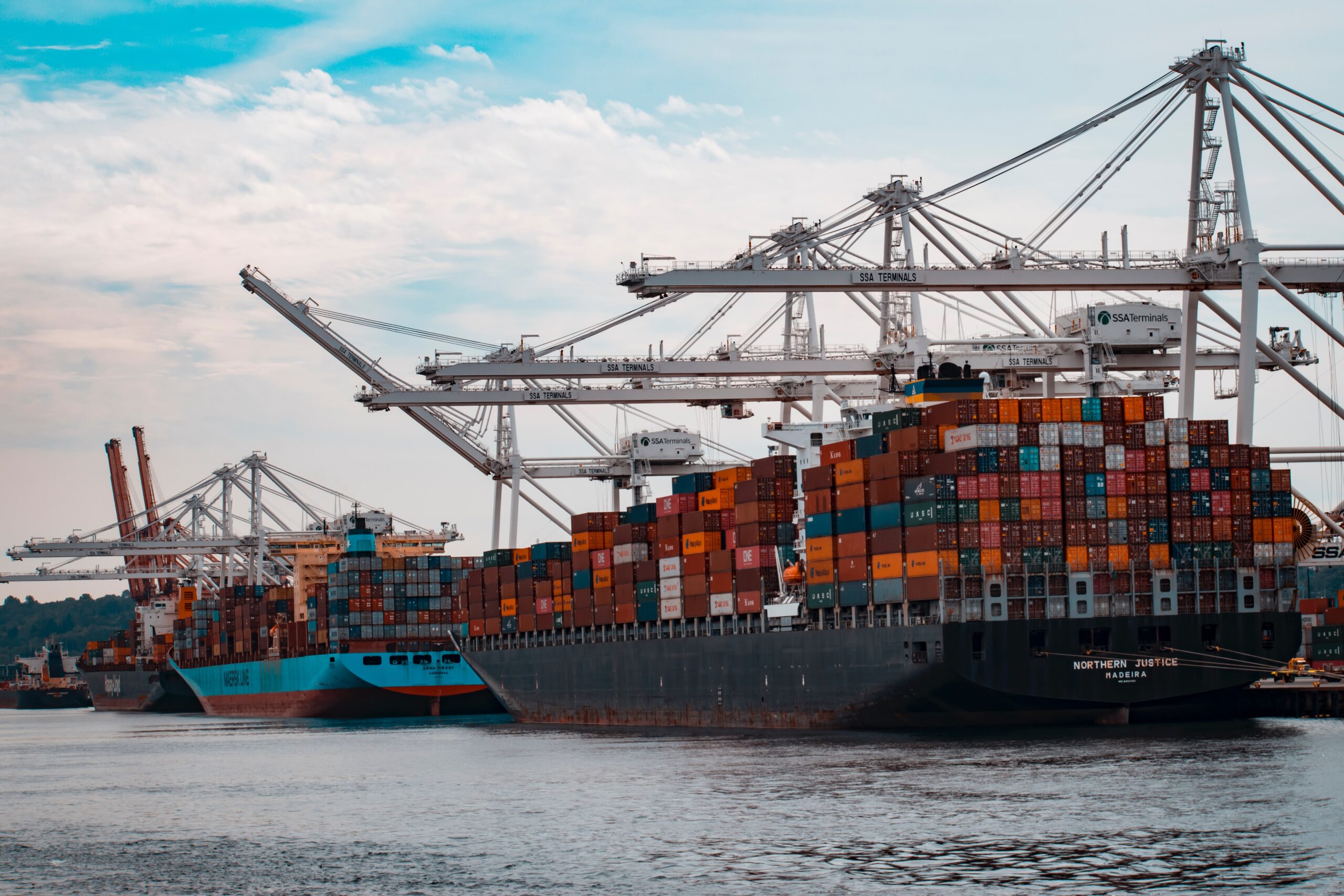
table of contents
Shrinking domestic market and the need to expand overseas
The market in Japan continues to cool down, and it is difficult to say that the situation will improve in the future. From 1955 to 1973, Japan achieved great development during the so-called high economic growth period, which made its name known around the world. Half a century has passed since the end of that period, and the country has completely changed. Unlike other countries, wages show no signs of rising, and we now live in a world where discomfort is heard everywhere about the continued endurance of high prices.
On the other hand, if we look overseas, we can see the market expanding. The wage growth rate is overwhelmingly higher than in Japan, and the ever-growing population is also showing the opposite trend to Japan, which is having a major impact on the development of the market.
Japan has a declining population and low wage growth rate, while overseas countries have a growing population and high wage growth rate. Given this, it is not difficult to imagine that as the growth of the domestic market reaches a plateau, the key to future corporate growth will be whether or not the company can quickly take the plunge into expanding overseas. The number of companies considering expanding overseas has actually been on the rise in recent years, and the importance of this is confirmed by the government's establishment of an overseas expansion support office in August.
Expanding overseas has many benefits, such as increasing corporate value, developing new sales channels, and reducing costs. However, when a company decides to expand overseas, there are many basic strategies to understand and things to be aware of, so it is not as straightforward as one might expect.
In this article, we will briefly introduce the key points that Japanese companies should keep in mind when expanding overseas, titled "Basic Strategies and Precautions for Overseas Expansion."
How Japanese companies think about expanding overseas
For Japanese companies to expand overseas, 1) they must gather information through market research and on-site inspections, 2) they must formulate a trade plan and set a budget.
The above two basic strategies are necessary. In addition, there are two points to be aware of: 1) fundraising and 2) local country risk.
These basic strategies and points of caution must be checked when expanding overseas. This is because, as a basic premise, it is more difficult to succeed overseas than domestically. As mentioned earlier, it is becoming a trend for companies to expand overseas. However, it is a big mistake to think that just because overseas markets are expanding, you can easily make higher profits by expanding overseas than domestically. Of course, it is true that there are many possibilities that are not available domestically, but keep in mind that it is high risk, high return, and check the basic strategies and points of caution as the first step in expanding.
Basic strategy 1: Gathering information through market research and on-site inspections
"Which countries are suitable/not suitable?", "What will sell?", "What are the trends?" There are a ton of things you need to know in order to expand overseas, and the first step is to understand them accurately.
When you hear "market research," you might imagine multiple people splitting up into groups, flying around to the site, collecting and analyzing data, but in this day and age of the Internet, there is plenty of useful information available without even having to go out and about. If you have a specific country in mind, it's not uncommon to be able to get the information you need just by searching "country name + ____" (where ____ is "Japanese companies," "economy," "minimum wage," etc.).
Also, if the search results are not good, searching in English will dramatically increase the number of information available, and the chances of finding the information you want will be much higher. However, as the saying goes, "seeing is believing," no matter how vast the ocean of information may be, on-site inspections are still essential. Whether or not you have already decided on your destination, gathering information locally, specifically visiting local markets, stores, other companies in the same industry, public institutions such as JETEO, and local partners, is the most basic of basics and cannot be omitted as it is the foundation of overseas expansion.
Basic Strategy 2: Trade planning and budget setting
Based on the sufficient information collected in step 1 (such as the expansion status of other companies in the same industry, the presence or absence of reliable partners, and local logistics conditions), it is time to finally formulate a trade plan and set a budget. Trade plans are basically developed by working backwards from the figures you want to achieve, so first set targets for sales and investment recovery to make the business viable.
Once you have set appropriate goals, you can decide on the core elements, such as the type of base and whether it will be solely or jointly owned, and flesh out your trade plan while gathering additional necessary information as appropriate. At this time, it is wise to set a buffer for each budget, taking into account the country risk described below. For more detailed information on creating a trade plan, please see the JETRO website.
Important points to note: Funding
One of the most worrisome points when expanding overseas is the issue of funding. This is not a problem for well-known companies with several bases overseas, but for companies that have never traded before or are just starting to expand overseas, this is an issue that can easily stumble.It is not uncommon for tasks necessary for domestic expansion, such as business trips and on-site inspections, to cost several to even several tens of times more if they are carried out overseas.
However, there are many subsidies and grants available for overseas expansion, so in fact, there are many cases where problems can be solved if you just know about them. As the wave of overseas expansion has come recently, the number of subsidies available has also increased, so let's make active use of them.
Caution 2: Local country risk
Although you can get a certain amount of information in advance, you should be aware of "country risk," which is inseparable from expanding overseas. Country risk is the risk that assets will fluctuate due to major changes in the political, economic, and other social conditions of the partner country when trading, resulting in exchange rate fluctuations.
It is not something we are particularly aware of when conducting business within Japan, but as long as we are dealing with countries, it is easy to imagine that the situation in the other country could have a direct impact on the business performance of our company. "National bankruptcy," or default, which does not seem very realistic, is often seen in the news overseas.
Not only should you understand that it is a high-risk, high-return venture, but you should also carefully consider what situations are high-risk; otherwise, always keep in mind that a hopeful overseas venture could be the first step towards a fatal outcome.
The appeal of exporting overseas
In this article, we have introduced basic strategies and points to note for Japanese companies to expand overseas. As mentioned at the beginning, it is not easy to succeed in expanding overseas, but it is also true that there is hidden potential for returns that could never be achieved by remaining in Japan. With the right understanding and preparation, you can make a leap forward for your company.
category:Overseas business in general
Tags: Market development, export


